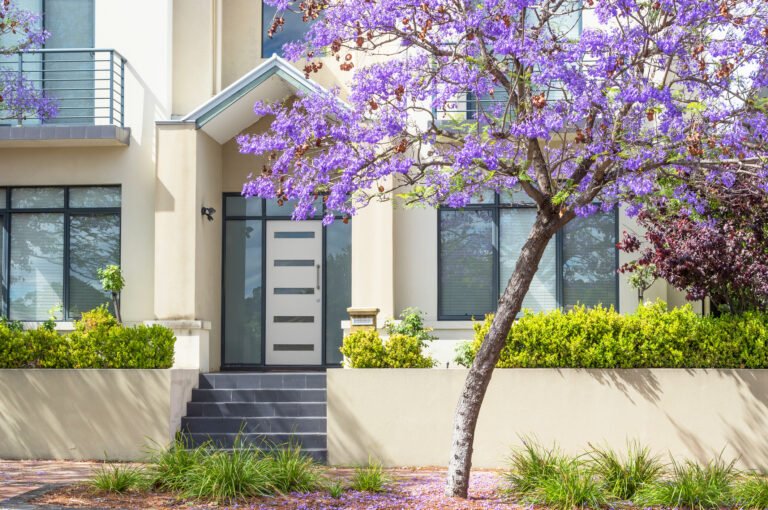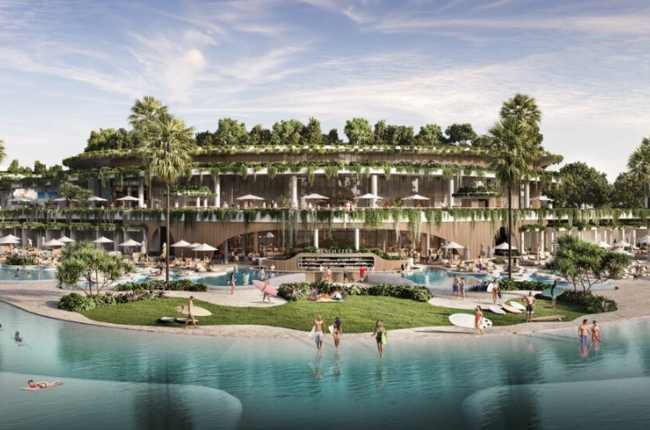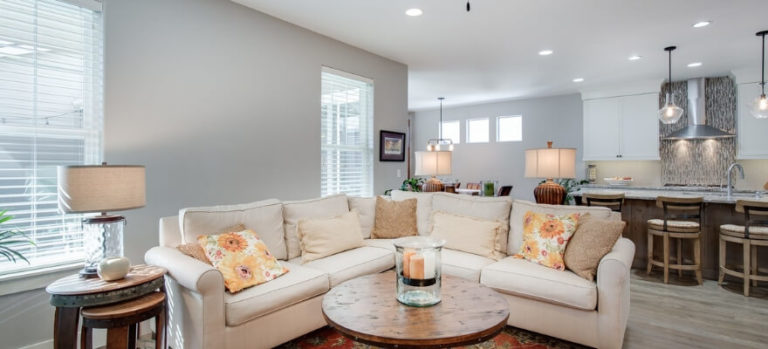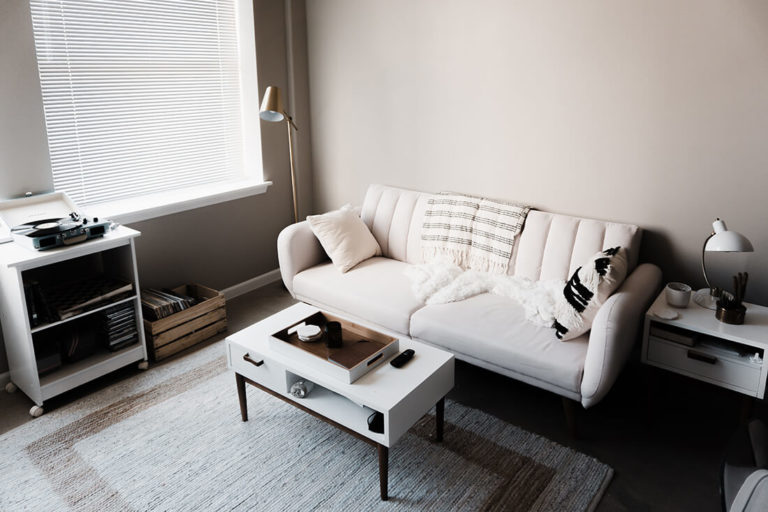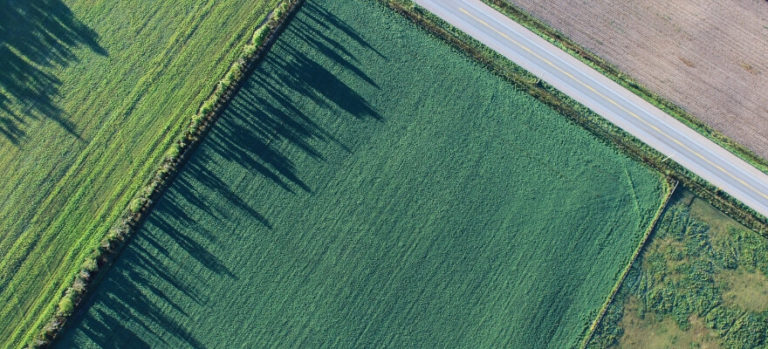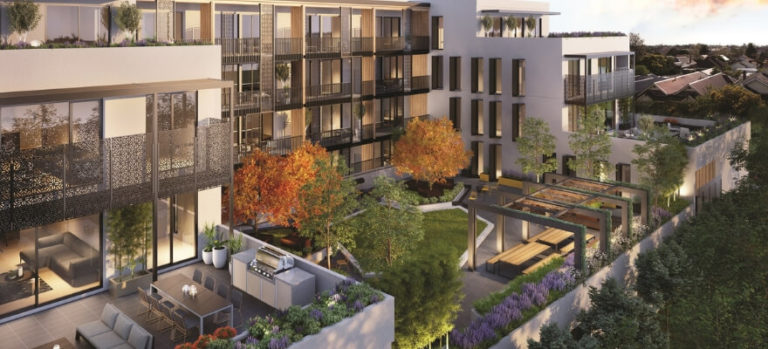A lack of housing to buy or rent has not deterred Australians relocating to regional Queensland with new figures showing it still attracts the majority of interstate relocators. The latest Regional Movers Index by the Regional Australia Institute (RAI) and the Commonwealth Bank shows the Sunshine Coast is the most popular destination, with 17% of interstate migrants moving there in the 12 months to June. The Gold Coast attracted 9% of interstate migrants during the same period, while the Fraser Coast snared 6% of those moving. The report says migration flows to regional areas were up more than 16% in the June quarter, compared with the same period in 2018 and 2019. It says this shows the pattern of moving out of capital cities and into regional lifestyle locations, is continuing. But it warns a lack of regional housing is likely to result in a decline in the total number of interstate migrants in the coming quarter.
Southeast Population To Surge
Southeast Queensland’s population is set to surge by 2.2 million people in the next twenty years. State government modelling shows Queensland’s population will hit six million people by 2046. The projections show Ipswich City’s population will increase by 126%, while Logan City’s population will almost double. Moreton Bay region’s population will rise by 62% and Brisbane City will increase by 36%, so that more than 1.7 million call it home. The modelling also shows that as more people move to the south east of the state, the way people live will also change. The number of one-person households is expected to rise from about 23% to 40% by 2046. Deputy Premier Steven Miles says even without such a big population increase Queensland needs more dwellings. “To meet the needs of our growing Queensland and ensure we maintain our great lifestyle, we need more housing supply and a better mix of housing options. This means building more units, townhouses and terraces,” he says.
Quote of the Week
“We’ve got stronger housing demand relative to the supply of new listings hitting the market. That’s led to more competitive selling conditions and really underpinned home prices. With interest rates being at their peak or very close to peak, those in the market now are continuing to feel comforted by increased certainty.”
PropTrack Senior Economist Eleanor Creagh
Interest Rates Remain On Hold
Interest rates have remained steady for the second month in a row, giving owners and investors hope the end is close to the constant rate rises. The Reserve Bank of Australia held the official rate at 4.1% this month, on the back of inflation figures last week, which showed that price increases slowed more sharply than expected in the year to June. Inflation still remains at 6%, so it is unclear if further rate rises are on the horizon. Many economists believe there are still a lot of mortgage holders who have not been impacted by the rate rises yet as they are still on fixed-interest loans. Rate rises by the RBA have done little to dampen property prices, which continue to rise. CoreLogic figures show home values across the eight major capital cities rose by 0.8% in July and are now up 5% since February. Asking rents also continue to rise, up 9% on the same time last year.
Affordable Market In Demand
As property prices continue to rise buyers are seeking out affordable markets leading to growth in that sector. CoreLogic figures show while prices are growing the pace of growth has slowed, particularly in the upper quartile of the market. Nationally the pace of growth slowed by 1.2% in the July quarter but the pace of growth in the upper quartile slowed by 1.8%. The pace of growth in the lower end of the market only slowed by 1% while in the middle market it slowed by 0.7%. CoreLogic Research Director Tim Lawless says there has been some resilience in growth across the middle and more affordable end. “That aligns with housing finance data which has shown a stronger bounce back in the value of lending to first home buyers and investors over recent months,” he says. “These segments tend to be more active across the middle to lower end of the pricing range where competition to purchase a home may be more intense
Auction Results Remain Strong
National auction clearance rates remain strong at more than 70% despite an increase in listings. CoreLogic figures show the number of properties listed for auction increased during July and by a further 17% last week. SQM Research managing director, Louis Christopher, the increase in listings has made it a more balanced market. “It’s neither too hot nor too cold. There is some uncertainty, but also a little bit of confidence that perhaps the RBA has reached its peak [in the rate cycle]. There are not overly aggressive prices occurring and there is not much distress selling, either,” Christopher says. Once again Adelaide had the highest auction clearance rate last week of 82.5%, followed by Sydney, 72.4%, and Canberra, 70.6%. Melbourne had a clearance rate of 69.9% and Brisbane, 58.3%. CoreLogic figures show last week was the first time more than 2000 properties were offered for auction nationally since before Easter.


